
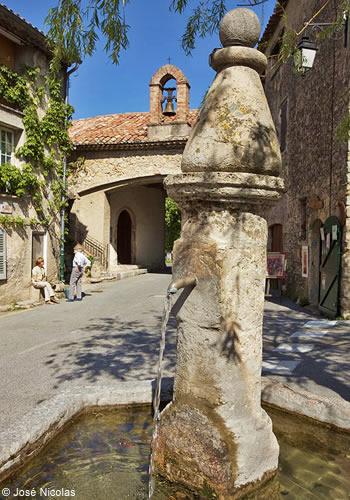
One of the most beautiful villages of France, Tourtour is situated in the Haut Var, northwest of Draguignan and southwest of the Sainte-Croix Lake. At fifty kilometres from the Mediterranean coast, the village surrounded by its meadows, prairies and pine forests does not get all that same summer tourist traffic. But it still has plenty of restaurants, cafés, tea shops and picnic areas around its squares and in the shade of the huge olive trees.
True to its nickname of “village in the sky of Provence”, Tourtour perches at 635 metres above sea level on the Beau Soleil, or Beautiful Sun, as its hill is called. From the village, you have impressive views over the Moyen Var all the way to the Sainte Baume Massif and the Sainte-Victoire mountain near Aix-en-Provence.
True to its label of “most beautiful village”, the picturesque town of Tourtour has a well-preserved architecture. Its narrow streets are lined with pretty Provençal houses in stone or pastels tones, some covered in round roof tiles.
And true to its name, Tourtour (which, translated into English becomes Towertower) has its towers: the 11th century Grimaud Tower at 800 metres from the village, the Clock Tower from 1665, with a bell enclosed by a wrought-iron campanile, in the village, and the towers of its two castles. Situated in the centre of the old village, the most ancient castle dates from the 12th century and houses an art gallery. The other, called the Château de "Raphélis", dates from the 16th century. It has been restored, more or less successfully depending on your tastes, and today houses the town hall and post office. In front of it, you can admire bronze sculptures by the artist Bernard Buffet who spent the last years of his life in Tourtour.
Plenty of religious edifices also make up the town's heritage. The Saint-Domnin church placed under the patronage of Saint Denis was built in the 11th century then altered in the 14th all while keeping its Romanesque style. It has three bells from the 17th century, one of which is in the key of so and another in la.
In addition, Tourtour boasts no less than eight chapels!
Also numbering eight are it fountains fed by the waters from the Saint Rosaire spring. Those same waters supply the washhouse and are the driving force for the traditional olive oil mill built in the 1600s. The mill operates every year during the olive harvest.
In the area around Tourtour
A pleasant walk through the meadows and pines will lead you to the abbey of Sainte-Marie de Florièyes (or Floriège, Florielle... from the name of a stream) at four kilometres from the village. Founded in 1136, this Cistercian abbey is the “mother” of the “three Provençal sisters”, the abbeys of Thoronet, Silvacane and Sénanque. The abbey was transferred to Thoronet around 1157 but the monks kept their farming facilities at Florièyes. Today, you can still see some ruins, encompassed in the 19th century by farm buildings, and the chapel, also from 1136, which continued to be used for the enthronement of the Abbots of Thoronet.
Tourtour is also a wine-producing village. It is located in the north of the AOC Côtes de Provence region, not far from other very pretty wine villages such as Lorgues and Villecroze. A wine-lover will be able to map out a wine-tasting itinerary to delight the senses.
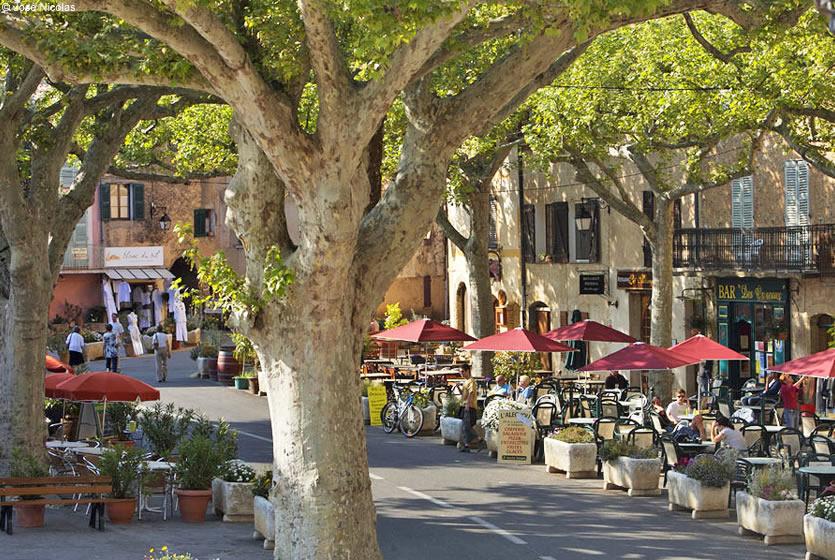
Restaurants in the shade of the sycamores
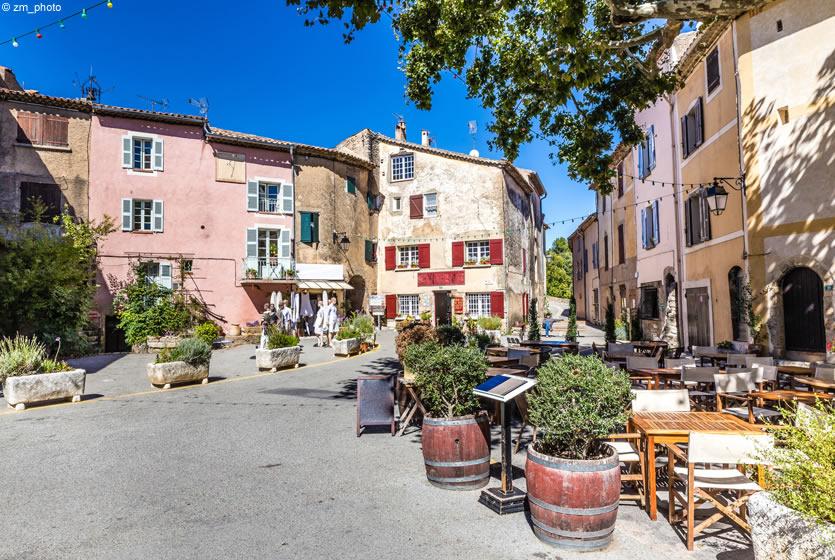
Square of the village of Tourtour
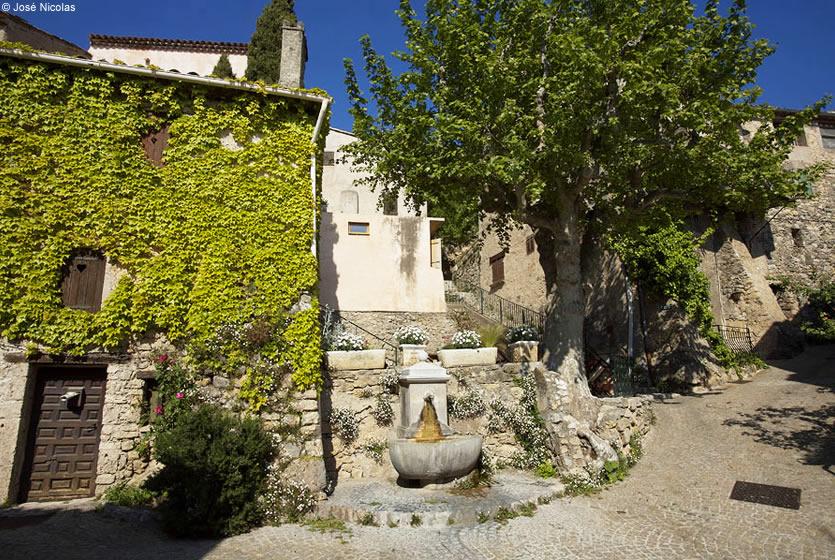
Fountains on the cobblestoned lanes
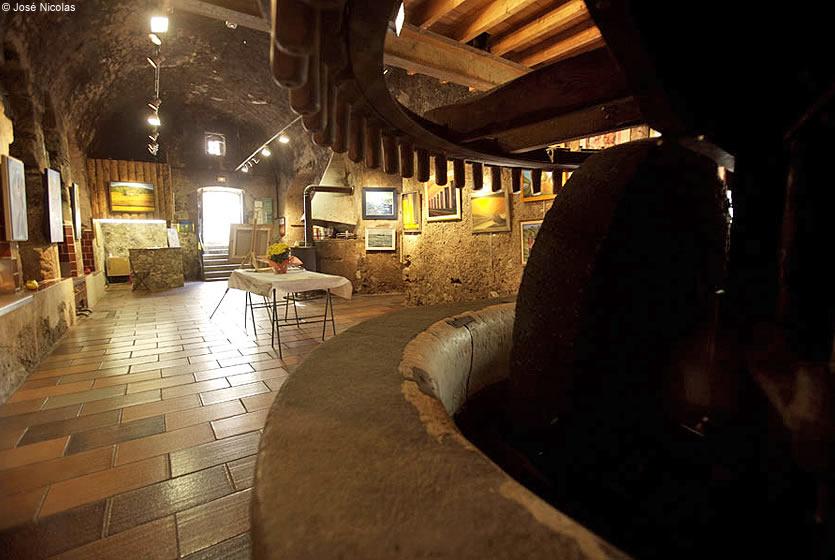
The olive oil mill of Tourtour
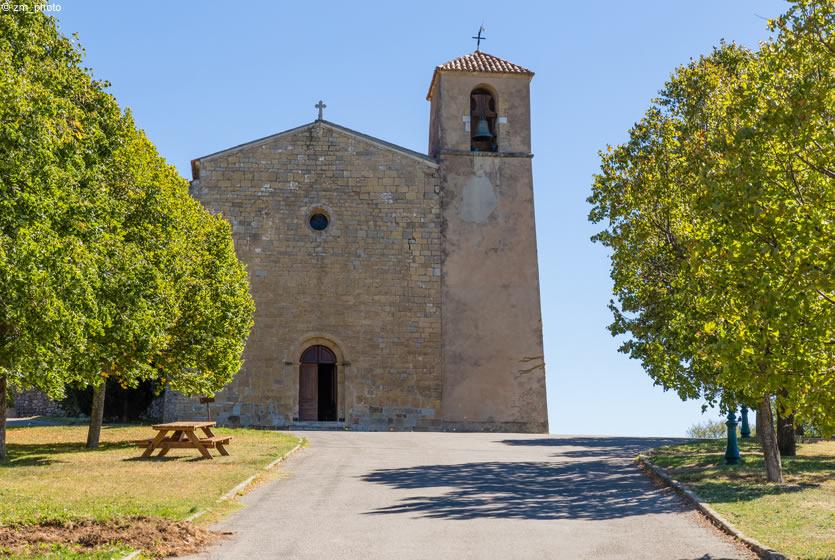
The Saint-Denis Church in Tourtour
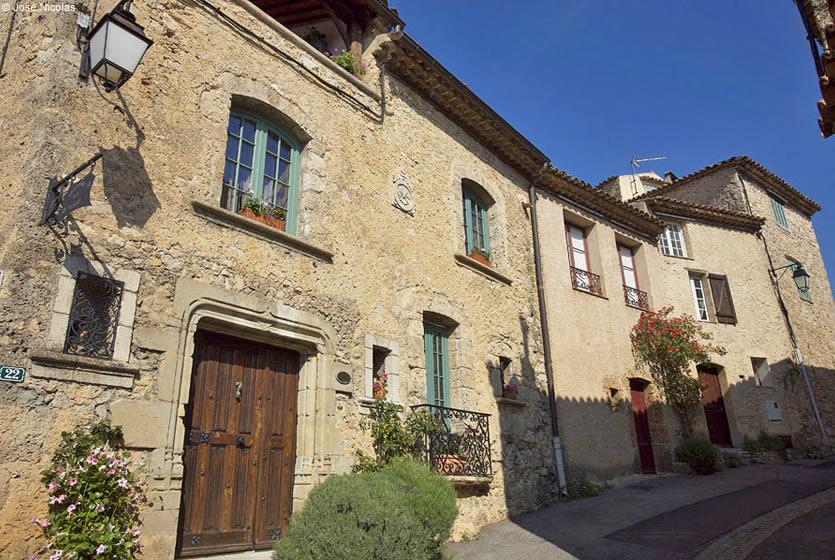
Typical houses in the village of Tourtour
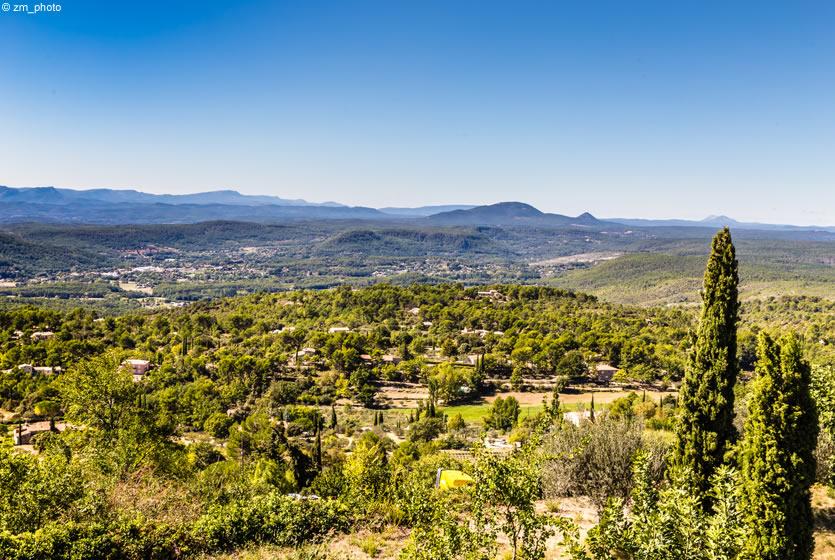
Landscapes of the Haut-Var
Art of living
Gastronomy, markets of Provence, regional products, Christmas traditions, celebrities of Provence....